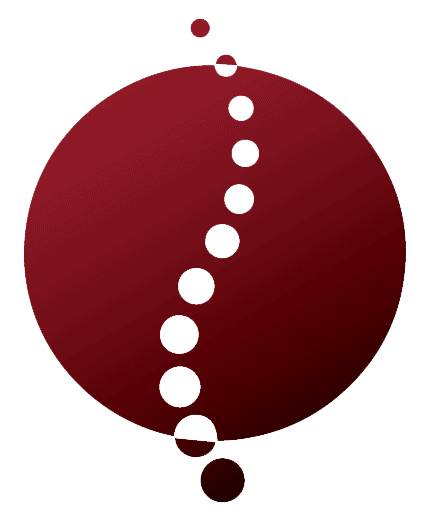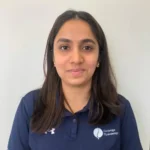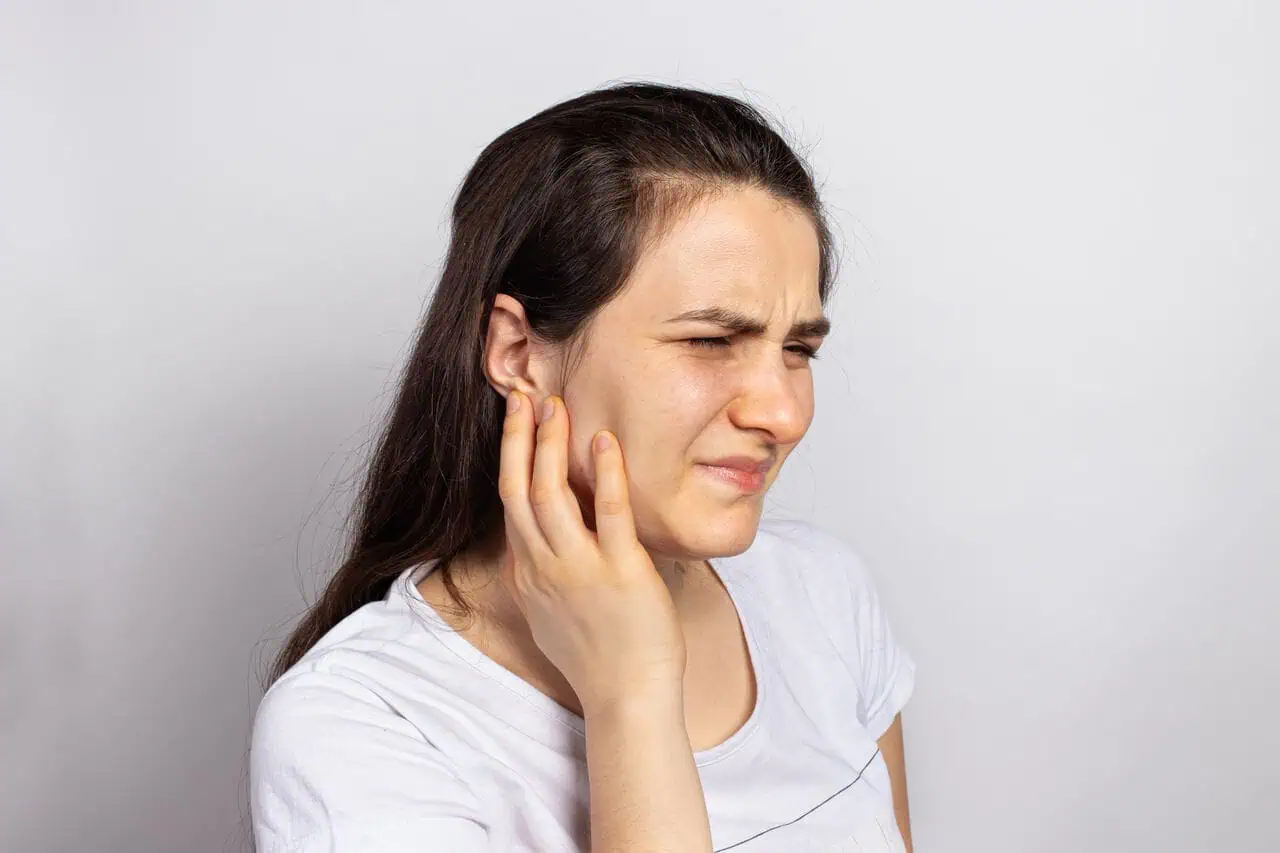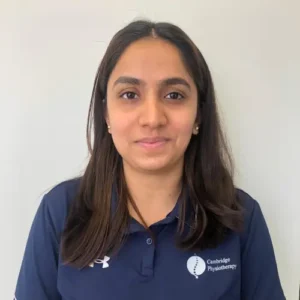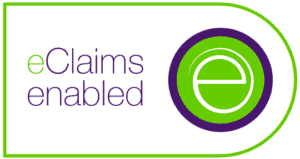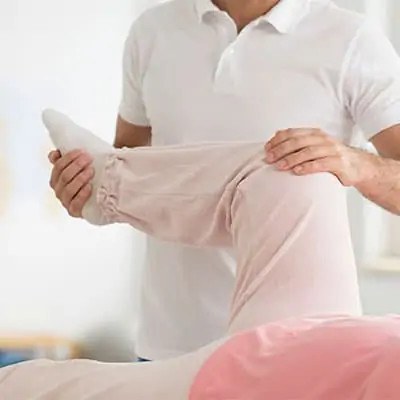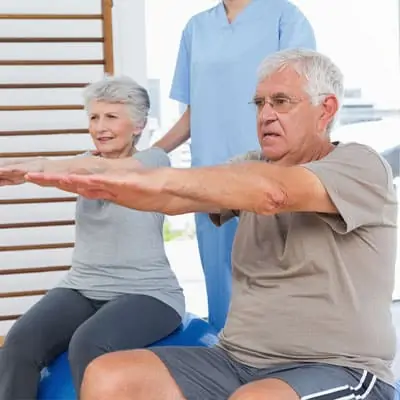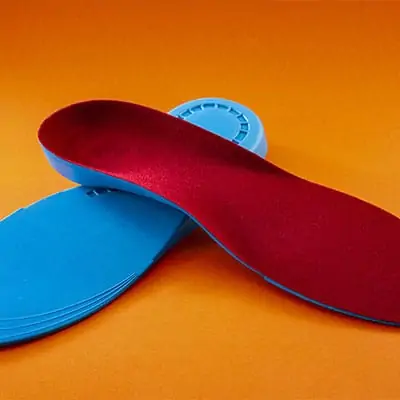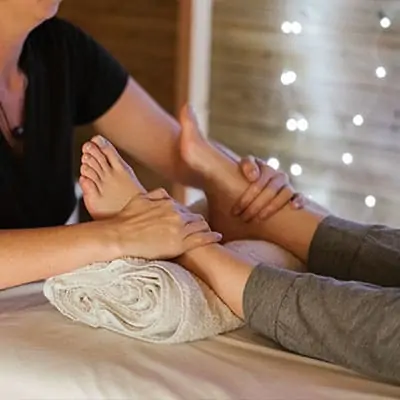Written by Natasha Barot PTA.
TMD, or temporomandibular joint dysfunction, (also known as TMJ pain, TMJ Dysfunction, TMJ disorder) is a condition that affects the muscles and jaw joint that control movement. Symptoms of TMD can include jaw pain, trouble opening the mouth completely, and popping or crackling sounds made when moving the jaw. Additional symptoms could be headaches, dizziness, ringing in the ears, earaches, and difficulty swallowing.
Causes of TMD
Many problems can lead to the illness, including tooth damage, auto accidents, facial injuries, teeth grinding or clenching over time, and strain in the neck and face from stress. Yes, actually living a life of stress where you clench your teeth all day, stooping over your laptop / devices, all can work on the muscles over the neck and can bio mechanically work on your jaw. Who knew! Read ahead.
Association with Forward Head Posture (FHP) and Cervical Spine Abnormalities
A strong link has been shown between TMD and abnormalities of the cervical spine, which are conditions affecting the neck. Neck discomfort is a common side effect of TMD, and as patients age, their level of pain tends to rise. According to studies, people with TMD frequently have restricted neck movement and more sensitive shoulders, upper back, and neck muscles. Adopting bad posture, particularly if the neck is bowed for extended periods of time, can make TMD worse by forcing the jaw joint backward, which results in pain and irritation.
Because the nerves in the jaw and neck are intimately connected, discomfort in one location can be mistaken for pain in another. Because of this interdependence, jaw problems may cause headaches and neck pain, or vice versa. Comprehending this correlation is crucial for efficacious therapy. Together, physical therapists and dentists can treat issues with the jaw and neck, offering a more thorough approach to treating TMD.
The Impact of Smartphone Use on Teenagers’ Posture and Jaw Health
Teenagers and adults both use smartphones extensively, but teens may become addicted to them due to their increased use of them. Several mental and physical health concerns, such as bad posture and jaw disorders, can be brought on by this excessive usage.
Addicts in their teens who are hooked to smartphones typically have a more hunched posture and limited neck movement. Temporomandibular disorders (TMD) damage the jaw joints and muscles, resulting in pain and discomfort. This bad posture might exacerbate these diseases.
Put simply, excessive smartphone use among teenagers can raise their chance of having TMD by causing bad neck posture and muscular issues. To avoid these problems, parents and teenagers can encourage better smartphone practices and help them understand the hazards involved.
Non-invasive Treatment for TMD
One effective non-invasive treatment for TMD is physiotherapy. It consists of physical therapy, exercises, and other methods to improve jaw and neck function, lessen pain, and improve quality of life in general. Physiotherapy helps stop more pain and musculoskeletal system degradation by targeting the jaw and neck.
Physiotherapy provides a route to alleviation and enhanced function for those with TMD. Patients can have a better quality of life by seeing considerable changes in their symptoms with the help of an organized treatment plan.
How Physical Therapy Can Help
Physical therapists are essential in the assessment, management, and treatment of TMD, with the goals of symptom relief, pain reduction, and improved oral function.
Four Exercises to Improve Your TMD Pain
1. Opening of the Mouth (Depression):
To provide resistance, place one hand behind your chin. Gently open your mouth against the resistance, then slowly close it again. (Figure A)
2. Closing of the Mouth (Elevation or Occlusion):
Place one hand under your chin to resist the closing movement of your slightly open mouth. Alternatively, use a rubber glove and place two fingers over your lower teeth (mandible) to resist the closing movement. (Figure B & C)
(Adapted from Magee, D. J. (2014). Orthopedic Physical Assessment (6th ed., p. 238). Saunders.)
3. Lateral Deviation of the Jaw:
Place one hand along the side of your jaw. Push your jaw out against the hand. Repeat this on both sides individually to ensure balanced strength. (Figure D)
4. Rocabado’s 6×6 Exercise Routine
Tongue on Roof, Breath:
- Place your tongue on the roof of your mouth, just behind your front teeth.
- Hold it there while you take a deep breath in and out through your nose.
- Repeat this 6 times.
Tongue on Roof, Open and Close Mouth:
- Keep your tongue on the roof of your mouth, just behind your front teeth.
- Slowly open and close your mouth while keeping your tongue in place.
- Repeat this 6 times.
Tongue on Roof with Chin Resistance:
- Place your tongue on the roof of your mouth, just behind your front teeth.
- Place your fist under your chin.
- Gently open your mouth into your fist and hold for a few seconds.
- Repeat this 6 times.
Neck Stretch with Hands:
- Interlock your fingers and place your hands behind your head.
- Gently bring your head forward using your hands for gentle pressure.
- Repeat this 6 times.
Shoulder Blade Squeeze:
- Sit up straight.
- Squeeze your shoulder blades back and together.
- Repeat this 6 times.
Chin Tuck Exercise:
- Sit up straight.
- Bring your chin backward as if trying to make a double chin.
- Repeat this 6 times.
Do all exercises 6 times each, 6 times a day.
Book Your Appointment Today
Physiotherapy plays an important part in the rehabilitation of jaw pain, TMD, and clicking of the jaw. Start early so you can Get Better, Faster! Book your appointment today.
References
- Crăciun, M. D., Geman, O., Leuciuc, F. V., Holubiac, I. Ş., Gheorghiţă, D., & Filip, F. (2022). Effectiveness of Physiotherapy in the Treatment of Temporomandibular Joint Dysfunction and the Relationship with Cervical Spine. Biomedicines, 10(11), 2962. https://doi.org/10.3390/biomedicines10112962
- Evcik, D., & Aksoy, O. (2004). Relationship between head posture and temporomandibular dysfunction syndrome. Journal of Musculoskeletal Pain, 12(2), 19–24. https://doi.org/10.1300/j094v12n02_03
- Kee, I., Byun, J., Jung, J., & Choi, J. (2016). The presence of altered craniocervical posture and mobility in smartphone-addicted teenagers with temporomandibular disorders. Journal of Physical Therapy Science, 28(2), 339–346. https://doi.org/10.1589/jpts.28.339
- Guest. (n.d.). Magee 6th Edition – OPA – Orthopedic Physical Assessment – PDFCOFFEE.COM. pdfcoffee.com. https://pdfcoffee.com/magee-6th-edition-opa-orthopedic-physical-assessment-pdf-free.html
